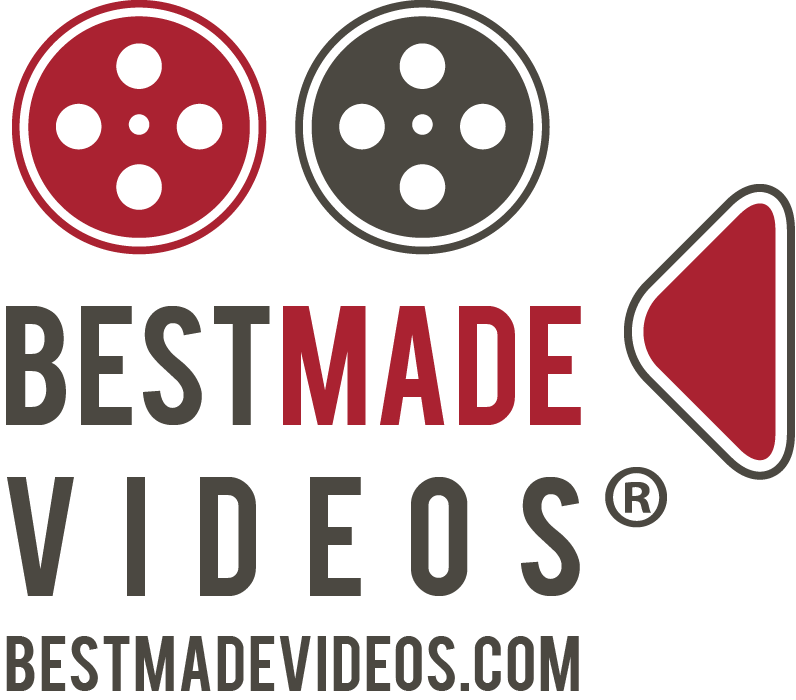How short-video applications have turned into a key showcasing device
'Tis the time of brief videos. Because of the declining focusing ability web clients, brands are progressively depending on speedy, smart, varying media content on their virtual entertainment channels to speak with the ideal interest group. Accordingly, short-video applications in India have detonated in the beyond couple of years.
From local applications, for example, Sharechat's Moj, Dailyhunt's Josh, MX Player's Takatak, InMobi's Roposo to worldwide ones like Reels on Meta's Instagram and YouTube Shorts by Google, Indians can't have enough of them. Concentrates on gauge that in excess of 275 million clients in India jump on to short-video applications consistently, and spend around 33 minutes out of each day on them. Almost 66% (66%) of these month to month dynamic clients hail from Level II+ urban communities, says a new Redseer study. This makes India a unique market for brands, in contrast to in the West, where these stages are vigorously listed on metro and Level I urban communities. "Indian short-structure video market adaptation is at the cusp of a breakout and might actually be a chance of $8-12 billion by 2030," says Redseer. In any case, what is driving this adaptation? It's the "maker economy" — a term that portrays the environment of web powerhouses who procure from brand joint efforts via online entertainment. India was assessed to have in excess of 80 million makers in 2022, per investment reserve Kalaari Capital, and they are driving client commitment — and incomes — for brands via virtual entertainment.
Brands have come to understand that force to be reckoned with promoting on short-video applications drives a higher return for capital invested than conventional channels. "The promoting spend on forces to be reckoned with is projected to be valued at $2.8-3.5 billion out of 2028, from the ongoing degree of $0.35-0.4 billion," says Mohit Rana, Accomplice at Redseer Technique Advisors.
Financial plans dispensed by brands towards powerhouse showcasing dramatically increased from 10-15 percent a couple of years prior to 25-30 percent in 2022, per Redseer. Organizations that customarily made promotions implied for TV have now customized their advertisement spends and content towards short-video powerhouses as these are more successful and more affordable than television.
SPOTLIGHT
Online business monster Flipkart, for example, works with more than 500 powerhouses and is designating around 25% of its promotion spending plan towards them. In October 2021, it cooperated with Moj to empower video trade encounters. "We saw commitment with vernacular makers develop by 30% year-on-year and it has turned into a vital piece of our powerhouse showcasing approach," says Dushyanth Jayanty, VP of Promoting at Flipkart. Rival Amazon India roped in more than 150 powerhouses to present live business just a little ways off of the happy season in 2022. Others like Flipkart's Myntra teamed up with driving style and excellence powerhouses to have 350 live meetings on Instagram.
Indeed, even trendy D2C brands, especially in the magnificence and individual consideration space, are wedding content and trade on short-video applications to further develop client commitment, increment transformations and at last drive deals. Individual consideration brands like Mamaearth, mCaffeine and Plum have fabricated 'powerhouse initial' promoting systems through dynamic internet based networks. Beauty care products majors like Nykaa and SUGAR have utilized instructional exercises and make-up related content on short-video applications to fabricate a steadfast client base. Redseer says the Main 5 item classes in which clients buy an item in the wake of seeing force to be reckoned with content are design (67%), excellence and individual consideration (42%), bundled food and drinks (37%), gadgets (35%), and wellness (25%). Short-video applications have, subsequently, figured out how to abbreviate client choice excursions from brand attention to buy.
